|
Speaking of FUN! I have been having so much of it learning how to use some the "board and table-top" games on my shelves in new ways, from the new book, Teambuilding from the Toy Aisle by my friends Matt, Michelle and Trevor!
And recently I attended a fun-tastic ACCT workshop presented by Matt, Michelle and Trevor. We spent 90-minutes playing some of the gems from the book (don't get me started on "Dude!"). I grabbed some video (below) of the Macro Tenzi game that was super-fun to watch (don't know Tenzi? HERE are some videos.) |
NOTE: For this game you'll need some dice - 10 dice for every group of 4 to 5 people. I loved the large foam dice used during the workshop. However, you'll find, after a quick search, the large foam dice are an investment. You can certainly go with smaller dice. How about this. HERE'S a free die template so you can make your own using card stock. (If this one is no longer there/free, I'm sure there is another one out there on the web.)
Numbers: I plan to play this one with 12 to 50 participants (3 to 10 teams), middle school age and older. (If elementary ages are ready for 'friendly' competition, go for it.) It can take a while to get to the winning team. The game is full of surprise wins - the underdog is never out of the race!
In Teambuilding from the Toy Aisle, the trio calls this one, "Onezies, Twozies, Thumbsies, Singsies." I'm simplifying it a bit. Here's my take - just Onezies to Fivezies:
- Divide your group up into smaller teams of four or five players.
- Provide each team with 10 dice. (The dice do not need to be all the same color, but it does help when dice roll astray.)
- First Round: When you say, "GO!" all teams begin rolling their dice. Every team is going for 'Ones' in this Round. When a one is rolled it is set off to the side. Non-ones are picked up by anyone on the team and rolled again. When all the dice of one team are ones, they yell, "Onezies!" All rolling stops. If there is a verifiable tie, declare the tied teams winners of the Round.
- Next Round: On this next Round, the winning team(s) from the first Round will be rolling for twos - or, Twozies. All the other teams are still rolling for ones - or their Onezies. Teams don't move up a number until they win at the subsequent number.
- The Next Rounds After That: I think you get the idea. Comebacks are possible. The journey can be long. Teams don't advance to the next number until they complete the number they are on. When a team calls, "Fivezies" the game is over.
- Optional Challenge: Change up the way all teams must roll during the Round: Rolls must be tossed from above the hips; Rolls must be tossed from above the shoulders; Rolls must be done with only one hand - the other hand covers one eye; Rolls can only be made with fingers - press your thumbs into your palms...
"Rematch" they call!! If you've got the time....
Processing Ideas
(Even though this is a competitive game, there can be lots to talk about - if it's part of the plan.) Here are some concepts to consider:
- Planning and Strategies (what worked and didn't work)
- Respectful Play (any sabotaging)
- Team Camaraderie (how did teammates treat each other)
- Skills and Abilities (was everyone all in, or just partly in)
- Winning and Losing (how do we manage with the feelings of each)
- Underdogging (did you hang in there every Round of give up/in)
Keep me posted!
Chris Cavert, Ed.D.

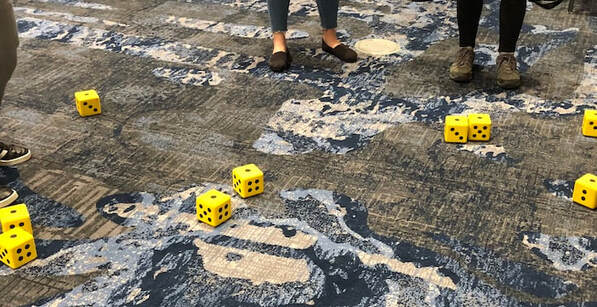
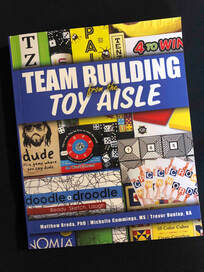
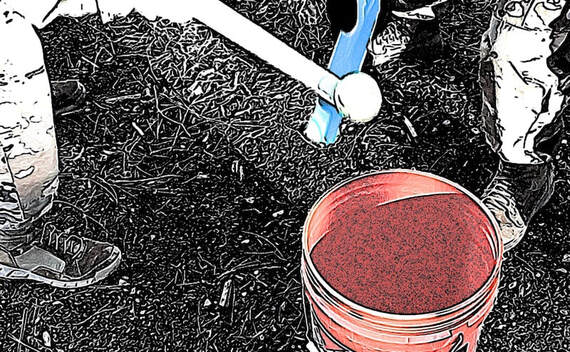
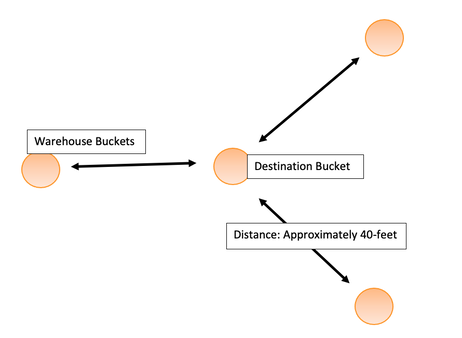
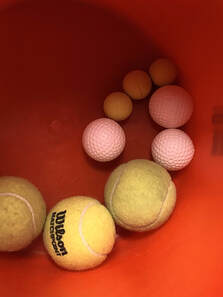
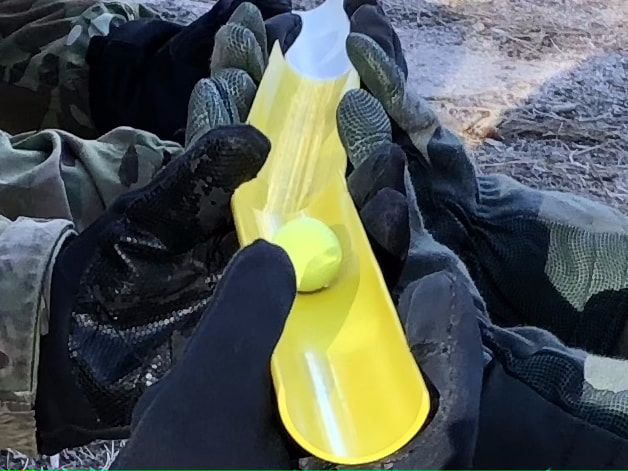
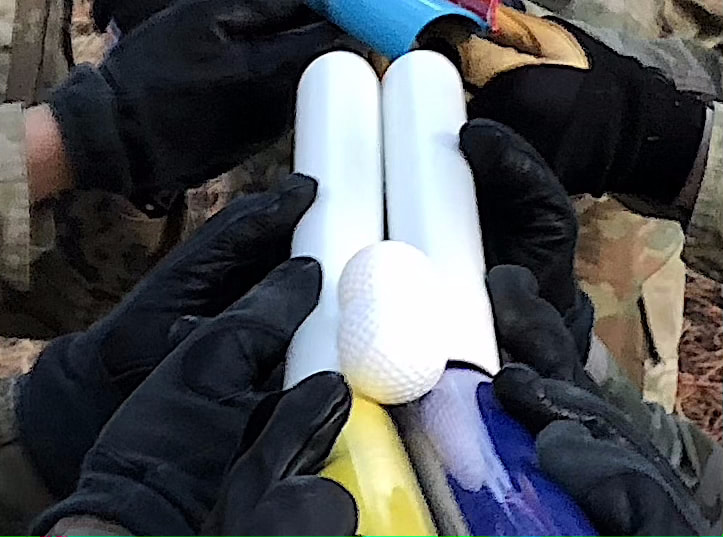
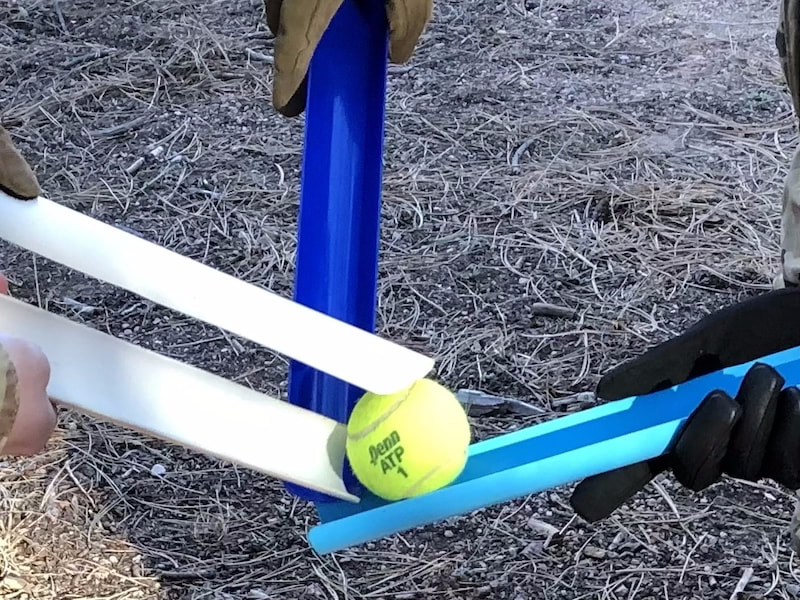





 RSS Feed
RSS Feed